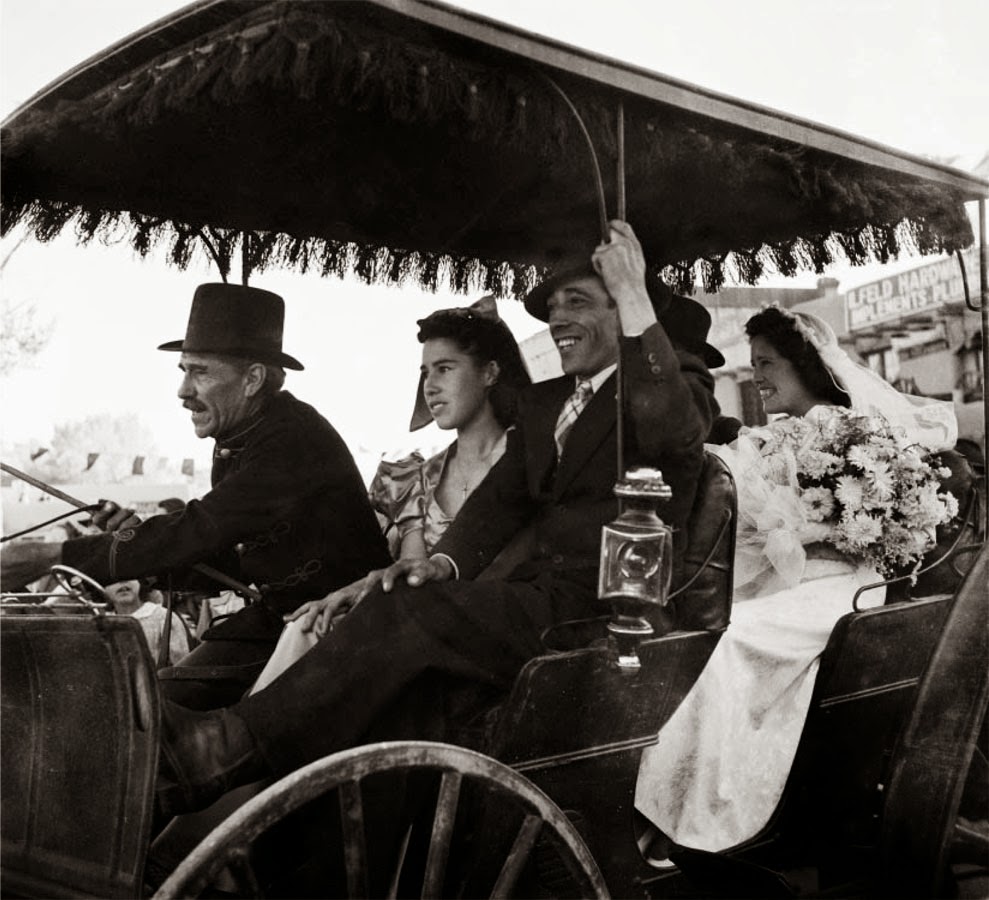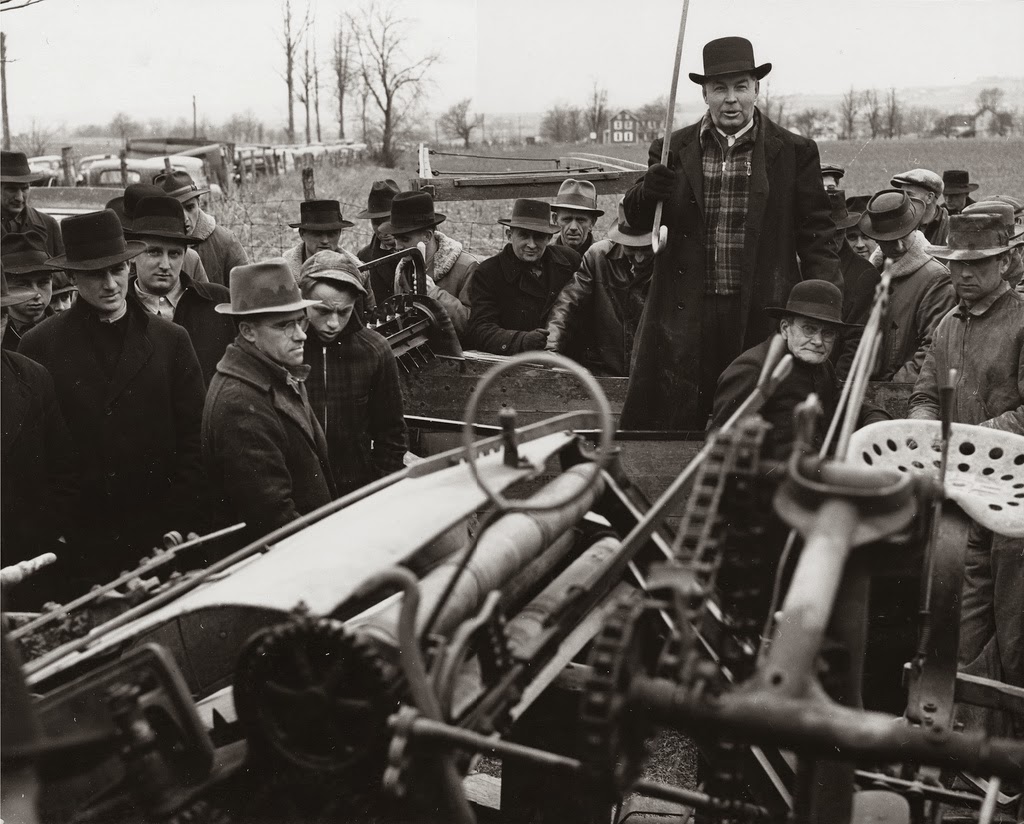After his family moved to Mill Valley,
California in 1919, John suffered accidents that resulted in hearing loss and
learning disabilities that affected him the rest of his life.
When Collier was twelve, he was
apprenticed to Maynard Dixon, a well-known painter, to afford him opportunities
outside of formal schooling. Dixon 's wife, Dorothea Lange, exposed him to
photography. At the age of 16, Collier sailed as a yeoman on a four-mast
sailing ship to Europe, contributing to his disciplined work habits and his
lifelong love of the sea. In the 1930s, Collier spent time with the
photographer Paul Strand and set up his first photographic studio in Strand's
old darkroom in Taos, New Mexico.
Early Life
John Collier, Jr. was born in 1913, the
youngest son of Lucy Wood Collier and John Collier, Sr. His father was a social
activist who later served as the Commissioner of Indian Affairs from 1933 to
1945 and, because of this work, the family maintained ties to the area around
Taos, New Mexico. In the 1930s, John Collier, Jr. established a home in this
area. In 1943, he married Mary Elizabeth Trumbull, who became a photographer
herself and an important partner in his field projects.
Office of War Information
Working under Roy Stryker again for the
Standard Oil Company, Collier had field projects in the Canadian Arctic and
several countries in South America. In 1946, he completed an independent
photographic project of the indigenous people of Otavalo, Ecuador, in
collaboration with the anthropologist Anibal Buitron. In the 1950s, he began
work with Cornell University 's Anthropology department on various fieldwork
projects and workshops in photography and research methods, including projects
in New Mexico and Nova Scotia and a complete visual ethnography of Vicos, Peru
in 1954. In 1958 to 1990 he taught a course in photography at the California
School of Fine Arts (San Francisco Art Institute) and from 1961 to 1983, he
taught in the Anthropology department at San Francisco State University, where
he became a full professor.
Legacy
One of the recurrent themes of Collier's
work is the use of photography and film in the analysis of educational
processes, a subject on which he has contributed many publications, including
Visual Anthropology: Photography as a Research Method. Collier's photographs
have been included in seminal exhibitions, such as The
Family of Man (1955) and The Bitter Years 1931-1941 (1962)
at the Museum of Modern Art. John Collier died in 1992, in San Jose, Costa
Rica.
Work
In 1941 to 1943, Collier worked as a
photographer with the Farm Securities Administration and the Office of War
Information under Roy Stryker and documented many areas around the eastern U.S
and northern New Mexico.
Other documentary projects in the New
Mexico region included the community of Cebolla in 1950, Truchas in 1952,
Peñasco and Picuris in the late 1950s, and many photographs taken on the Navajo
Reservation from 1938-1972.
All images © John Collier Jr.










+agricultural+workers'+camp.++Bridgeton,+New+Jersey.+1942..jpg)










Nessun commento:
Posta un commento